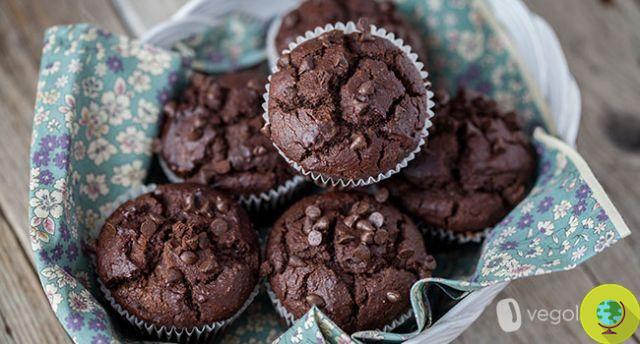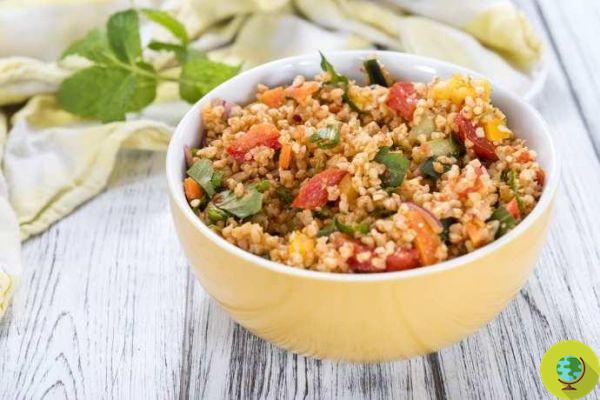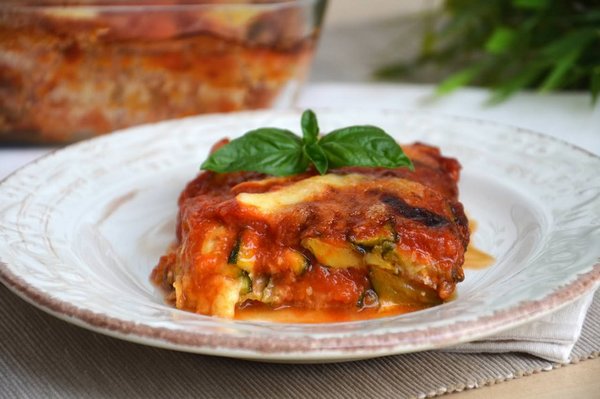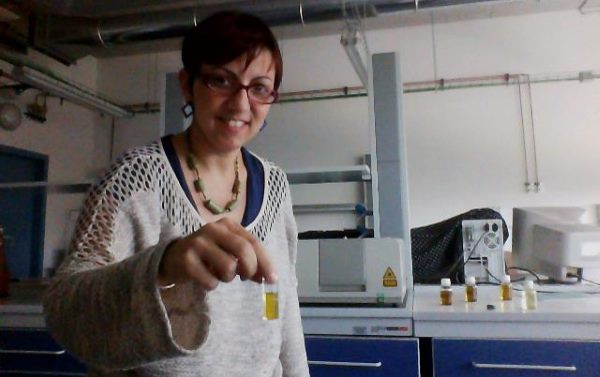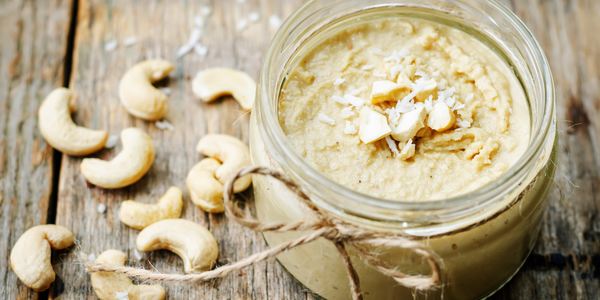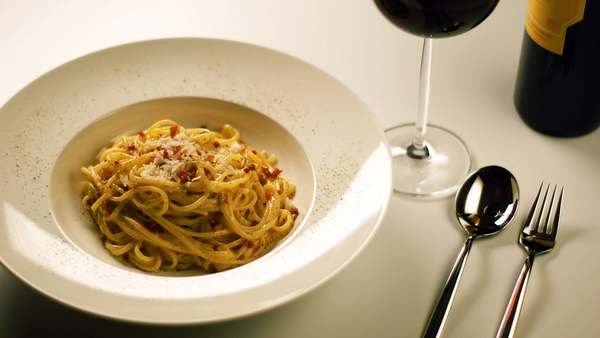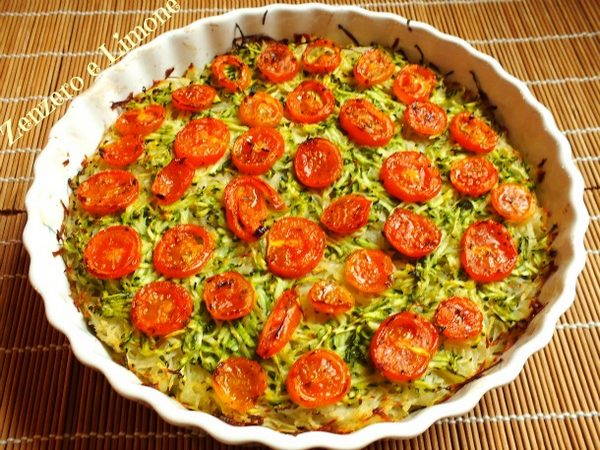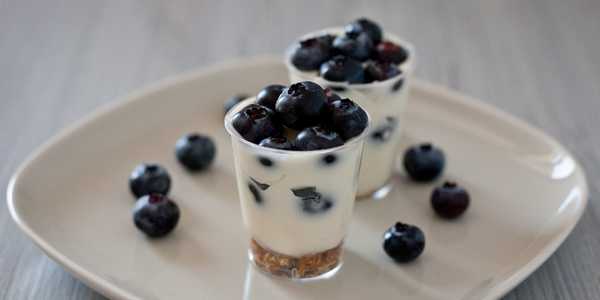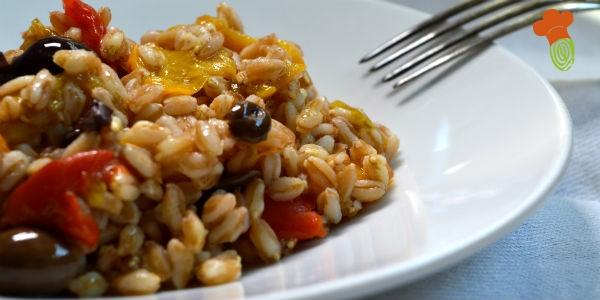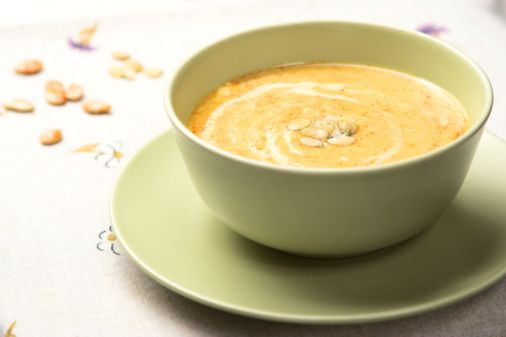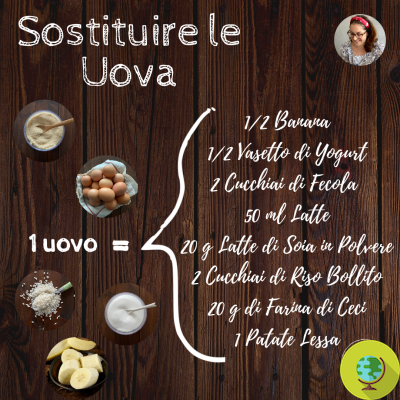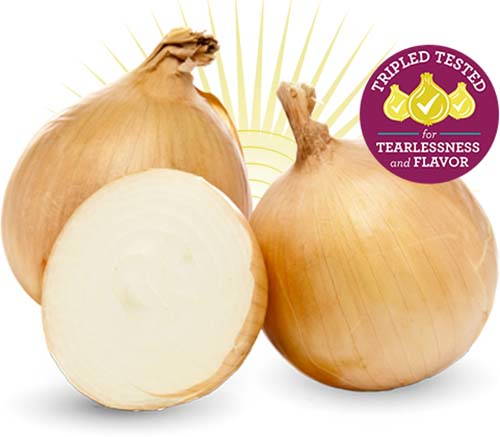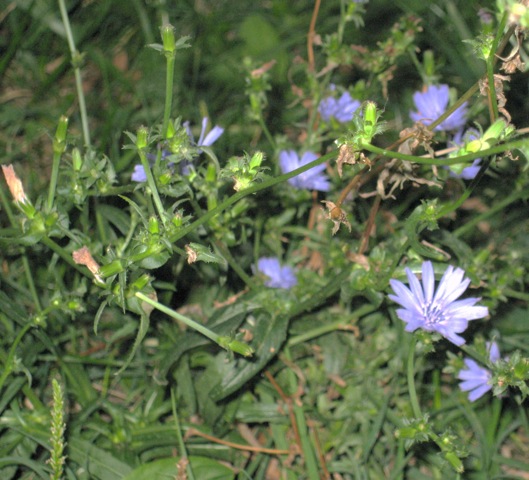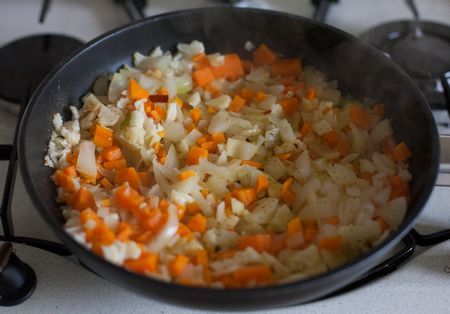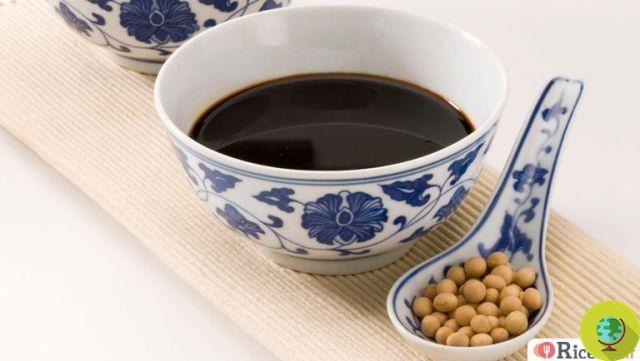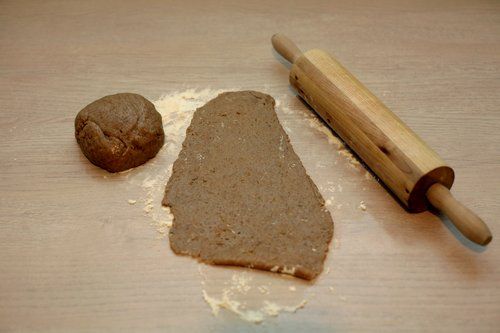Have you ever heard of the sechio? It is a vegetable (actually a fruit) that looks like a thorny pumpkin and of which there are several varieties. Let's discover the properties of this exotic food, the nutritional values and how to use it in the kitchen.
Don't store avocado like this: it's dangerousHave you ever heard of the sechio? It is a vegetable (actually a fruit) that looks like a thorny pumpkin and of which there are several varieties. Let's find out the property of this exotic food, its nutritional values and how to use it in the kitchen.
There are many popular names of the sechio (Sechium edule): centenary pumpkin, aubergine, courgette or spiny potato and even wolf's tongue. It actually refers to a single plant that belongs to the cucurbit family and is native to Central America where this very popular food is known as squash.
It is commonly used as a vegetable, but, like courgette, it is the fruit of a vegetable with a characteristic ovoid shape and which can reach 15 cm in length. The color of the peel is variable, from dark green to yellow.
Index
Property of the sechio
The sechio offers interesting properties to those who consume it more or less regularly. In Central American folk medicine it was used in particular for its diuretic, anti-inflammatory effects and to regulate blood pressure.
We can summarize the main benefits of chayote as follows:
- Rich in vitamins and minerals: this vegetable is particularly rich in vitamin C but also contains other substances useful for our body including various amino acids.
- Diuretic: as it is very rich in water, the sechio has a good diuretic effect on our body
- Beneficial for the kidneys: consuming sechio can help us keep the kidneys in good health, preventing stones but also favoring the dissolution of some already existing ones.
- It prevents hypertension: This vegetable, thanks to the presence of some minerals and antioxidants, seems to be able to help keep pressure at bay.
- Keeps cholesterol at bay: low in fat and rich in substances beneficial for the circulatory system, the sachet is useful in avoiding the accumulation of bad cholesterol and in preventing arteriosclerosis.
- Great in pregnancy: it is a natural product very rich in folic acid, its consumption is therefore also recommended during pregnancy.
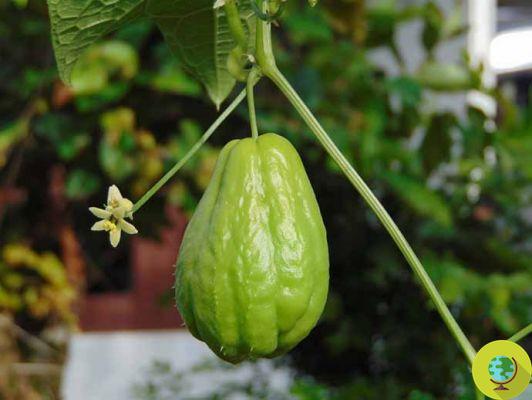
Sechio, nutritional values
100 grams of dried make our body about 19 calories while as regards the content of fats, carbohydrates, fibers, mineral salts and vitamins, refer to the following table:
- 0,1 g fat
- Saturated fatty acids 0 g
- Polyunsaturated fatty acids 0,1 g
- Monounsaturated fatty acids 0 g
- Cholesterol 0 mg
- Sodium 2 mg
- Potassium 125 mg
- G carbohydrates 4,5
- Dietary fiber 1,7 g
- Sugar 1,7 g
- 0,8 g protein
- Vitamin A 0 IU
- Vitamin C 7,7 mg
- Calcium 17 mg
- Iron 0,3 mg
- Vitamin D 0 IU
- Vitamin B6 0,1 mg
- Cobalamina 0 µg
- Magnesium 12 mg
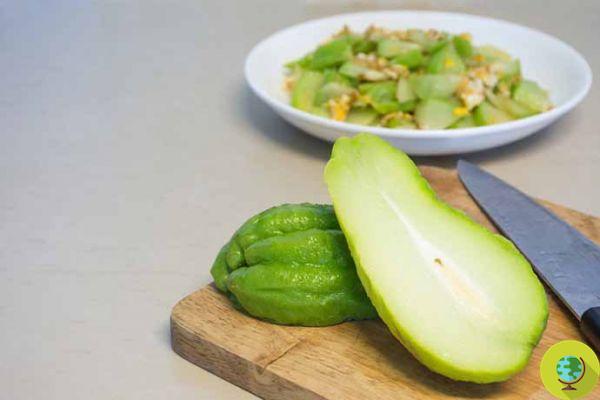
Sechio, uses and how to eat it
Sechio can be eaten raw or cooked. First of all it must be washed and then stripped wearing gloves (given the presence of thorns), especially if it is a squeegee larger than 6 centimeters. Then the seeds must be removed (there are also those who eat them since they are edible but have a somewhat particular flavor that recalls hazelnut and are not suitable for all recipes) and cut according to the preparation in which you intend to use it.
The small, more delicate and tasty ones can also be eaten raw, for example in salads. In general, however, this food lends itself well to the realization of:
- minestrone
- soups
- stews
- salads
- sweet and savory pies
- stuffed
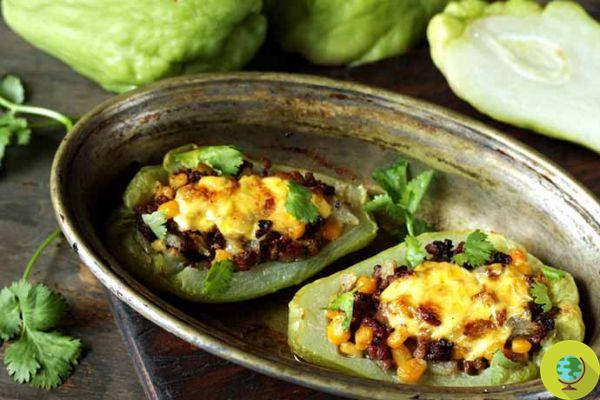
In all cases where the sechio is used cooked, it must be cut into small pieces and put together with the other ingredients only at the end of cooking so that it does not lose its consistency and that the flavor does not mix too much with that of other foods.
Whether raw or steamed, it can then be simply enjoyed as it is, with a dressing based on extra virgin olive oil and lemon. Other options are to consume it fried in batter, sautéed in a pan or accompanied by butter, cheese, herbs or sauces. Remember that its flavor is a mix between that of zucchini and yellow squash (but less sweet).
Also keep in mind that the shoots and leaves of this fruit are edible and can be added to salads, for example.
Finally, remember that the part of the bucket that you do not consume immediately should be kept in the fridge, preferably in a container. In this way it will last several days.

How to choose the Sechio and where to find it
There are several varieties of Sechio which are distinguished by color and flavor. To choose it in the best way we must make sure that it has the following characteristics:
- firm consistency (must not be limp or dented)
- uniform color better if light green (when the colors in the same vegetable vary it is probably too ripe)
- small (better a small bucket which is tastier)
It is difficult to find Sechio in traditional supermarkets or at the market. Better then to go directly to the grocery stores that trade exotic food, in multi-ethnic stalls or finally online. Otherwise you can think of growing it in the garden or on the balcony as it is a plant that is well suited to our climates.
Have you ever tasted thorny courgette?
Discover other unusual or exotic foods by also reading:
- Pitaya
- Okra
- Jackfruit
- Alchechengi
- Graviola





